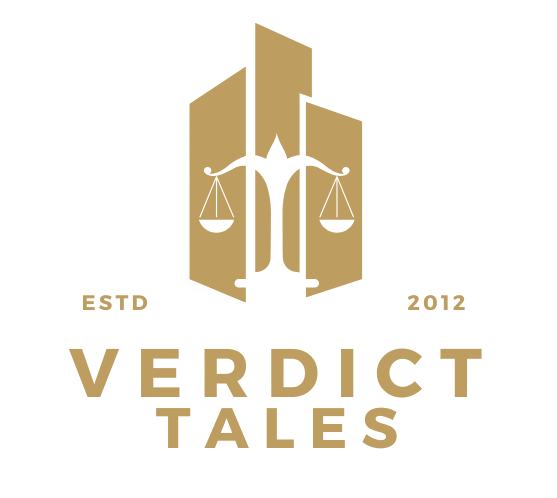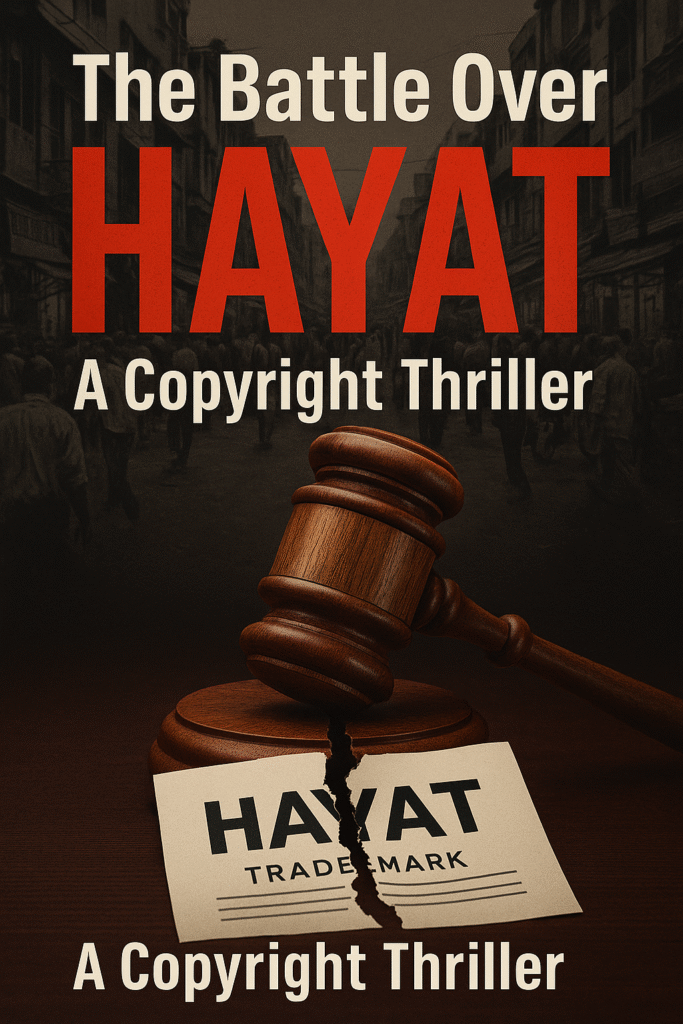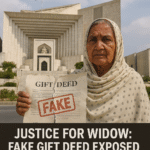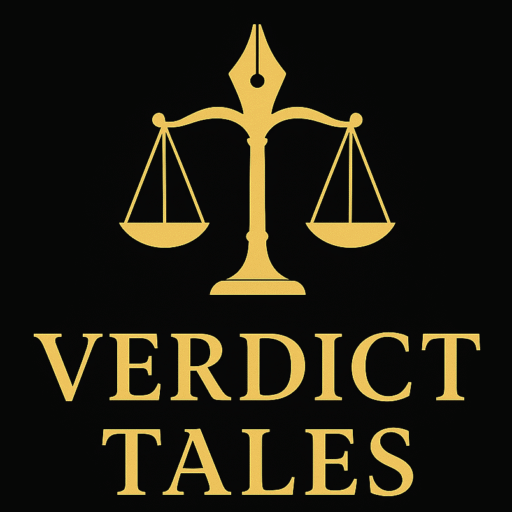The Battle Over HAYAT: A Copyright Thriller
Hello everybody! Today we are delving into a narrative set in Karachi’s busy markets, where one word—HAYAT—started a violent legal conflict. This is a high-stakes struggle for a brand name that might either create or destroy companies, not a story of crime or murder. Two businesses—one from Pakistan and another from the UAE—argued about who had rights to use “HAYAT” on their ghee and oil goods. The fight ended before Pakistan’s Supreme Court, and its outcome will astound you. Thus, let us begin!
The igniting spark of conflict: April 1997
Farooq Ghee & Oils Mills was developing its brand, making banaspati ghee and cooking oil for Pakistani homes right in the middle of Karachi’s commercial center. But internationally, a UAE-based behemoth called International Foodstuff Company (IFFCO) had been utilizing the trademark “HAYAT” for edible oils, ghee, and margarine since 1990. Supported with invoices and a developing reputation, IFFCO began importing its “HAYAT” branded goods into Pakistan in 1996.
Covering edible oils and fats, IFFCO sought to register “HAYAT” in Pakistan under Class 29 on April 11, 1997. Their application inviting anyone to challenge it was posted in the Trade Mark Journal in 2003. Farooq Ghee & Oils Mills chose to establish their own brand, “FAROOQ Hayat,” and sought registration in 2002. They said it was distinctive as their company name, “FAROOQ,” makes sense. But IFFCO disagreed; they said “HAYAT” was their creation and Farooq was attempting to piggyback on their goodwill. Farooq’s application was denied.
The scene prepared a confrontation. Farooq fought back against IFFCO’s “FAROOQ Hayat,” and contested IFFCO’s petitions. Both sides asserted they had the right to “HAYAT,” and the fight entered the judicial sphere.
Enter the Registrar to begin the legal process.
The argument ended with the Registrar of Trade Marks, who had to choose the “HAYAT” trademark owner. September 29, 2009 saw the Registrar publish a combined order. They looked over material from both sides: With documents showing their imports, IFFCO revealed they had utilized “HAYAT” abroad since 1990 and in Pakistan since 1996. Their trademark was registered in several nations, and “HAYAT” was the main element, usually matched with images of veggies and chicken.
Farooq countered that they followed “FAROOQ Hayat” in good faith following a 2002 search revealing no conflicting trademarks. They claimed “FAROOQ” made their brand unique and even owned copyright for the 2004 artistic design of “FAROOQ Hayat”. Still, the Registrar wasn’t persuaded. They decided that IFFCO was the previous user; Farooq’s inclusion of “FAROOQ” had no effect on the fact that “HAYAT” was IFFCO’s primary brand. The Registrar granted IFFCO’s applications; rejected Farooq’s “FAROOQ Hayat” registration; and discounted Farooq’s objections.
From Karachi to Islamabad Farooq did not waver. Filming three sporadic appeals in Karachi, they appealed to the Sindh High Court. Agreeing that IFFCO had a better claim to “HAYAT,” a Single Judge maintained the Registrar’s ruling on September 12, 2013 Farooq claimed their brand was distinctive and that “FAROOQ Hayat” wouldn’t confuse buyers. They rested on cases like Unilever Ltd v. Sultan Soap Factory, where, if unique enough, similar trademarks were permitted. The High Court saw through it, though; Farooq’s usage of “HAYAT” was overly similar to IFFCO’s registered brand.
Desperate, Farooq filed Civil Petitions No. 2066 to 2068 in 2013 to bring their struggle to the Supreme Court of Pakistan. They said their copyright and the uniqueness of “FAROOQ” had been overlooked in the courts below. The real concern, though, was if Farooq could show they weren’t depending on IFFCO’s performance.
Deciphering the Case: The Reality Underlying the trademark
Let us probe the creases of this case. Farooq mostly argued that “FAROOQ Hayat” was unique enough to prevent ambiguity. Their copyright from 2004 gave them rights to the design; their 2002 search revealed no registered “HAYAT,” mark. Here, though, things start to go apart.
First, the 2002 search report honestly revealed IFFCO’s pending application for “HAYAT,” covering ghee and oils, under Class 29. Farooq knew IFFCO was in the game, so he couldn’t claim stupidity. Second, Farooq only applied for “FAROOQ Hayat,” over a decade later; IFFCO had been using “HAYAT” from 1990 worldwide and 1996 in Pakistan. The Supreme Court considered this as an obvious case of Farooq trying to profit on IFFCO’s well-known brand.
There is then the trademark itself. The main element of IFFCO’s brand was “HAYAT,” which was shown conspicuously with original graphics. Farooq’s small print addition of “FAROOQ” had no effect on the eye-catcher nature of “HAYAT.” Section 8(a) of the Trade Marks Act, 1940 forbids trademarks capable of misleading or confusing customers. The Court observed that “FAROOQ Hayat” was probably going to fool consumers into believing it connected to IFFCO’s products.
One more weak point was Farooq’s copyright claim. Their 2004 copyright just covered the creative design, not the trademark name “HAYAT”. The Court noted that copyrights and trademarks are separate—that a copyright does not confer trademark rights. Besides, the application of IFFCO preceded Farooq’s copyright by years. Farooq’s assertion of “honest and concurrent use” again proved untrue since they couldn’t show they utilized “HAYAT,” before IFFCO, or that it was unique enough.
Verdict from the Supreme Court: Original Justice
Judges Mian Saqib Nisar and Mushir Alam rendered their decision in Islamabad on January 20, 2015. They dismissed Farooq’s appeals, therefore upholding the rulings of the Registrar and Sindh High Court. Having been using “HAYAT since 1990 and building goodwill in Pakistan since 1996, the Court decided that IFFCO was the legitimate proprietor of it. Farooq’s “FAROOQ Hayat” was overly similar, so confusing customers and improperly benefiting from IFFCO’s reputation.
Legal theory was clear: trademarks guard honest traders from dishonesty. The Court underlined that letting Farooq’s mark would inspire “unscrupulous traders” to steal intellectual property, therefore endangering companies and customers. They cited cases like as Tapal Tea v. Shahi Tea Co., in which judges turned down efforts at copyright infringement as trademarks. Farooq may keep producing ghee and oils, but under “HAYAT” or any other ambiguous moniker.




